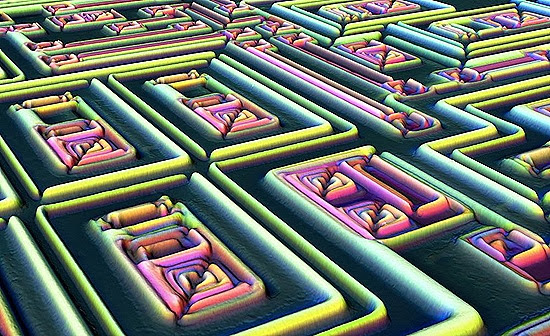
Imagine the beauty of the world around you. Not distant areas that take a lot of time and effort to reach, so that by the time you reach them you’re often so tired or jetlagged that you can’t appreciate them anyway. We’re not even talking about the beauty of places like parks that you can visit in maybe an hour. We’re talking the splendorous vistas inside your cupboard or your fridge. The wonders that exist between the couch cushions. Of course we don’t usually appreciate them because we don’t have Superman’s vision powers, but that’s where these artists with microscopes come in.
10. Energy Drinks
It might look just like a tacky DeBeers commercial, but this is actually the stuff people are downing at the gym every day. The colours are from ascorbic acid, better known as Vitamin C, and the floating crystals are sugar. These will not be the last time we find that nutrients are surprisingly photogenic in this list. Thanks to scientist Andrew Syred for photographing this, though it’s too bad that Daily Mail didn’t mention which energy drink this one is. Surely any company would like to be able to tell their customers to “drink the crystals.”
9. Shaving Cream
It’s a shame that Edwin Lee of Carrolton, Texas doesn’t seem to have ever won any microscopy competitions, although he has gotten plenty of honourable mentions since he began submitting them in 2008. His photo of shaving cream and water reveals a gorgeous pattern of circles and lines. Much better than the white mass you’d expect to see under a microscope. In fact, on a microscopic level, our faces, legs, and so on probably look better before we shave the cream off.
8. Insecticide
This image is of paradichlorobenzene, a compound used in insecticides, fungicides, and insect repellents. Mostly it’s used to prevent moth larva from eating clothing. It seems like it would be very undignified on some level to be killed by rainbows, but really those pests don’t deserve any better. Photographer Robert D. Anderson (a.k.a. Natural Philo) described the process of taking this photo as being “more art than science” which is a highly appreciated bit of prioritizing. Anderson understands that just looking at colourful pictures isn’t the same as understanding or loving science.
7. Cholesterol Crystals
Cholesterol is an incredibly commonplace item in many a home, not to mention many an aorta. Amazingly enough, cholesterol naturally comes in crystal form. We also never would have imagined that they look like yogurt jello with jewels encrusted in it, instead of fruit slices. Many thanks to the photographer, Dr. Ed Uthman, for the insight he provided with this 2010 photograph.
6. Tarnished Copper
This might not seem quite so commonplace anymore. Who has enough money these days to keep whole pennies, or isn’t so rich that they wouldn’t bother bringing in pennies? But back in 1985, John I. Koivula of the Gemological Institute of America won big with this surprisingly gorgeous photo of copper. Not that anything less should be expected by Koivula, since he’s been a finalist in numerous microscopy competitions since 1984, and even won first place for another contribution the following year.
5. Nematodes
“Nemawhatnow?” some of you might ask. Nematodes are extremely common worms - so common, in fact, that they span from beneath your garden, to ocean floors, to arctic areas. On the ocean floor alone, they comprise ninety percent of all life. Thankfully, most of them prove extremely useful to our gardens thanks to their eating of pests, and are sold as gardening aides. But they never really looked cool until Dr. Jonathon Eisenback of North Carolina State University used darkfield photography to win a microscopy contest with one of them in 1985. Unfortunately, there’s no evidence that the nematode benefited from this project.
4. Salt
Since salt is never very far from cholesterol, it’s pleasing to see how gorgeous another favourite food substance is capable of being. The simple balance of colours, particular the yellow aura, make this very pleasing to the eyes. Particularly for Green Bay Packers fans. Hats off to Charles Gellis for making this gorgeous image in 1995, even if it did only get him an honourable mention. Maybe one of the judges thought it would promote unhealthy levels of salt consumption if they gave it a prize.
3. Citric Acid
Fruits are the candy you can feel good for eating. The acids in them are not just there to add zest or tang to a snack: They’re necessary for the metabolism in almost every organic being. Hopefully we don’t need to convince you that’s a good thing. Neither would J. A. Penn of Morgan Technical Ceramics, who shared this photo with the world in 1988. It’s surprising that it didn’t get any higher credit than an honourable mention, since that theory about salt’s unhealthiness preventing it from winning doesn’t seem to work here. We’ll have to go with bribery then.
2. Lotus Flower Buds
The lotus flower of North America is one of its most ubiquitous plants. A single acre can produce 8,000 of them, and their names are numerous. This allowed its seeds to serve as a significant food source for Native Americans. And as we can see in this 2001 photo from Harold Taylor (which inexplicably only got tenth place,) those flowers have buds that, at 10x magnification, have a delicate beauty to them. Of particular aesthetic value is the curves around the central seed pod area. Interestingly, the same year that Harold Taylor produced this photograph, he also made this award-winning image of a freshwater rotifer (basically freshwater plankton) so presumably he doesn’t feel too cheated that the buds image only placed.
1. Microchips
Even with society’s on-going obsession with computers and other technological advances, we often lose sight of how beautifully designed those circuit boards can be. This is probably, to an extent, the Apple’s fault for shifting our attention towards mobility and sterile, futuristic case designs. But back in 1996, Karl Deckhart showed the world the beauty even those relatively primitive microchips had. Even these mass-produced, utilitarian objects still possessed all the beauty and elegance of a snowflake. Just a shame that it only got seventeenth place.
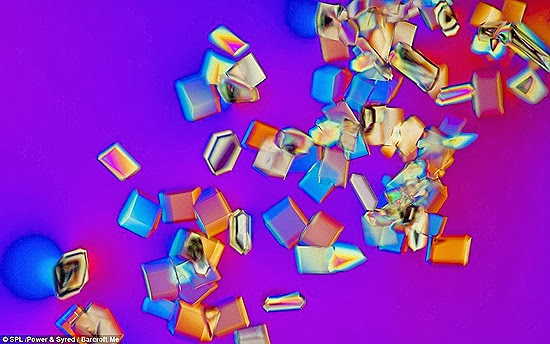
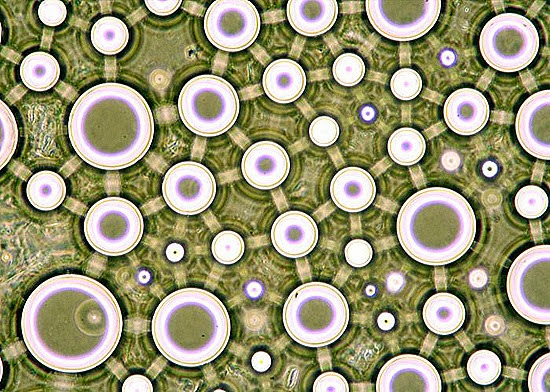

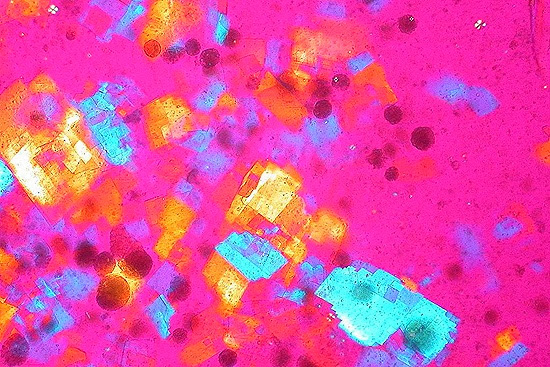
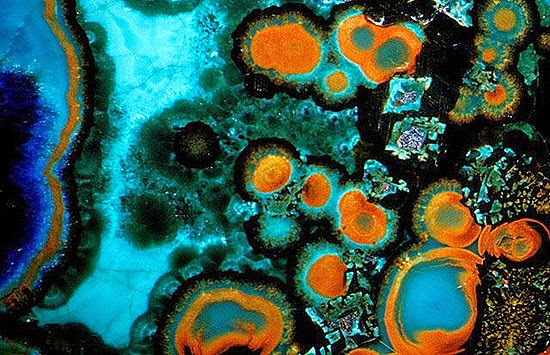
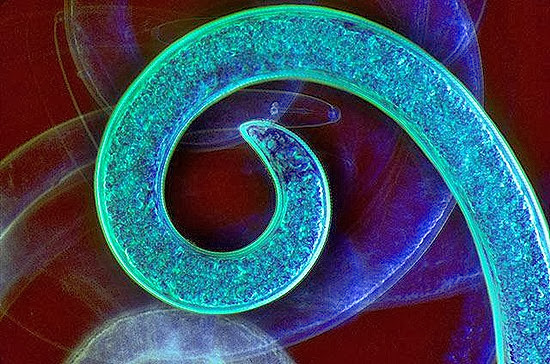
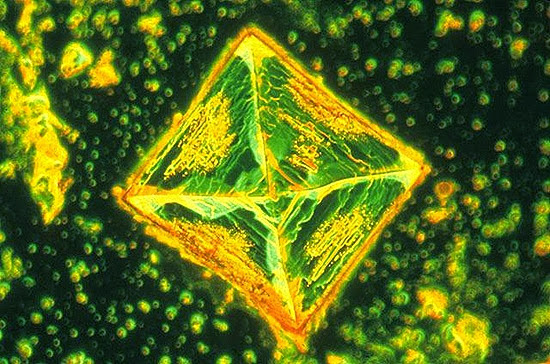
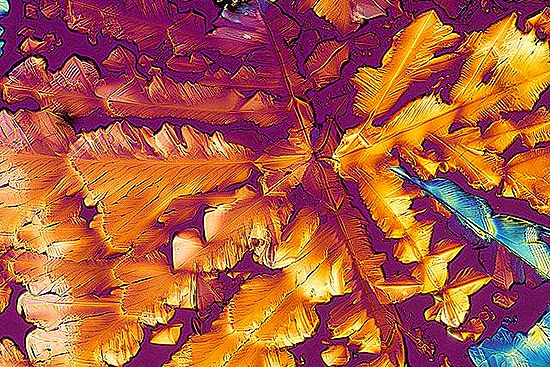
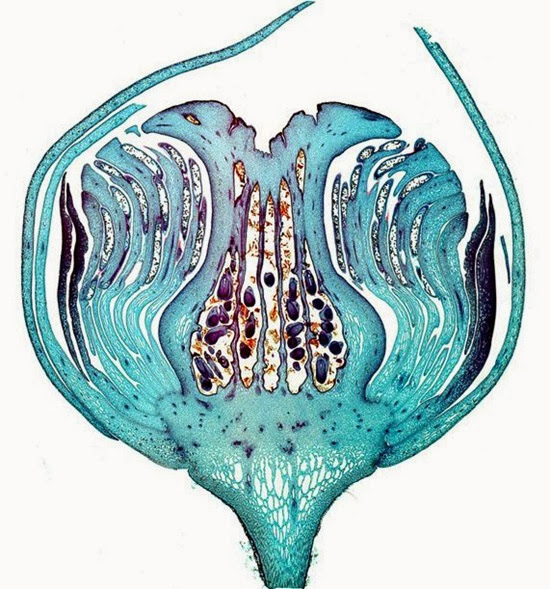
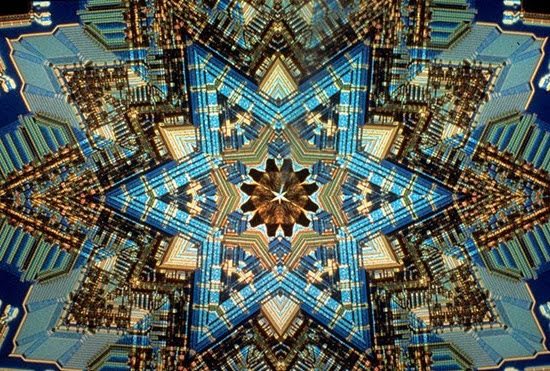
No comments:
Post a Comment
Please adhere to proper blog etiquette when posting your comments. This blog owner will exercise his absolution discretion in allowing or rejecting any comments that are deemed seditious, defamatory, libelous, racist, vulgar, insulting, and other remarks that exhibit similar characteristics. If you insist on using anonymous comments, please write your name or other IDs at the end of your message.